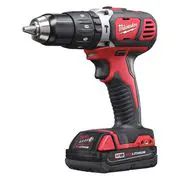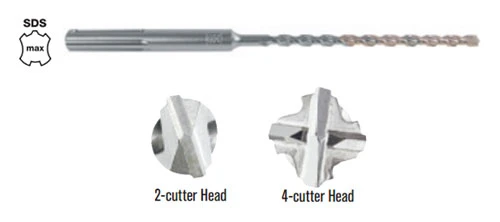Thanks for this info. The install is less than 4 years old!
So I’ll use the cauLk as a bandaid until the tiles crack, then re-do the floor.
Thanks for this info. The install is less than 4 years old!
So I’ll use the cauLk as a bandaid until the tiles crack, then re-do the floor.
i don’t want to know how that encounter ended.
Can an idiot like myself that isn’t particularly handy install luxury vinyl plank flooring without issue? Or do I need to hire somebody?
Same question goes for a kitchen tile backsplash.
Thanks. Spot on. Had a buddy who’s an electrician and handy take a look at it. There was a ton of debris backed up in the black pipe blocking the water flow. That got cleared right out after blowing into it, pulling out the debris. Also it appears the pump is on its last legs and he suggested replacing it. Said it should be an easy fix swapping it out. I don’t plan on using the AC again until Spring so I’ll add that to the list of things that need doing.
The tiles are moving too much or the floor is moving too much or can you tell? If it’s the floor, that’s not a bad tile installation? If it’s the tile, what could they have done wrong that would let the tiles move? If it’s the floor moving, what could sriracha do when they tear the tiles out so that it doesn’t happen again?
It could be either, and they’re both serious installation errors. It is the tiler’s responsibility to ensure the subfloor is solid and stable before they throw a bunch of tile on it.
Working from bottom to top, assuming it’s not a concrete slab:
Thank you friendly old Microbet. These are good follow up questions.
I was also wondering how he could tell it was a shit job based on the photo. Maybe it’s just the level of grout disintegration over such a short time frame?
It sounds like I should leave this work to a professional, ya? I convinced myself (and my wife) that I could handle the re-grouting, I’m not so sure that I could correctly re-do the entire floor.
I appreciate you explaining all of this.
You’re in Mass, right? And in home construction?….do you….want the job?
Task Rabbit and Thumbtack were both recommended to me for sourcing experts.
Heh, unless you’re west of the Quabbin you’re probably well out of my range, and I’m trying to wrap up the contractor phase of my life anyway. Haven’t done any jobs for non-family in almost a year.
Find a good independent tile/flooring store. If they don’t do installation they should be able to recommend somebody competent who does.
I know this is a way late response, but it looks like you were trying to heat the male end, but you should have been heating the female fitting to break it free. (Apologies if you knew this)
Is the key to drilling into cement just to go slow and easy? Is my drill bit shitty? It’s a DeWalt 3/8" bit for masonry. I watched my family drill holes when we were framing stuff as a kid but have never done it myself. Drilled a few tonight and seemed like the bit got really hot and taking a long time to get the depth I need. My dad’s hammer drill was a lot bigger than the one I’m using too I think. Bolting down a power rack is what I’m trying to do.
Try drilling for 30 seconds, then dipping the bit in water to cool.
A few possibilities. The bit getting too hot can be a problem as hey_you points out. A new bit might be good. Some bits are a lot better than others. And there’s a big difference between a hammer drill and a rotary hammer.
I have a hammer drill like this for relatively small holes that aren’t too deep:

and a rotary hammer like this for even moderately big (like more than 5/8" or more than like 4" deep) holes
as far as bits go, I think at least for larger holes 4-cutter head is a lot better

Got it taken care of. Bought a new bit that worked better and turning it to the hammer drill setting helped a lot! Rack is installed. Yeah, mine is like the first photo to run my ice auger and my dad’s was like the 2nd one only an old beefy Milwaukee model.
For maxcut, bro
So, my microwave keeps flipping the breaker when I try to use it. It is on its own circuit. It was new when the home was built, so about 3.5 years old. I go and reset the breaker and it happens every time. I did a little googling and found a bunch of inner working things that it could be, but do I just need to replace the damn thing?
Does it still trip the breaker if you plug it in a different circuit? If so you probably need a new microwave.
I don’t know. It’s installed over the oven, so I’m not sure I can test it out on another circuit. 
There is a 100ft+ ponderosa pine about 10 feet from my house that is starting to show very early signs of potential disease (e.g., small sections of dying needles). If this thing falls (wind, lightning, etc.) it will 100% kill everyone in the house. But it’s also probably a 200 year-old tree, and the carbon-consciousness in me is very reluctant to take it down.
Any thoughts? Would you keep an eye on it, or go ahead and knock it down ASAP? It’s like a 3ft diameter tree so it seems highly unlikely to break until thoroughly dead, but who knows.
definitely just keep an eye on it. dying trees don’t fall over quickly, even in extreme droughts. if it makes you feel better, you can probably find an arborist who will maintain the canopy during the decline, and possibly can eventually cut it in a way that will send another trunk from the stump.